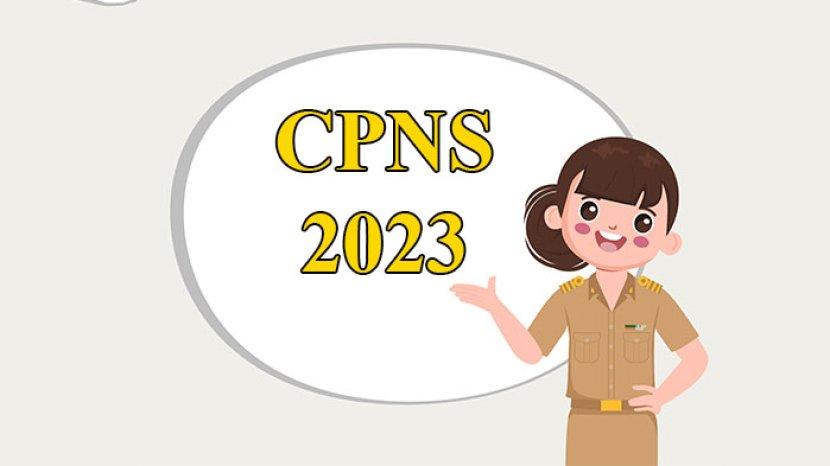Content marketing is a form of marketing that focuses on creating and distributing valuable, relevant, and consistent content to attract and retain a clearly defined audience for the purpose of driving profitable customer action. It differs from traditional marketing in that it emphasizes targeting specific customer needs and interests with content that adds value, instead of attempting to persuade the customer to purchase products or services.
Content marketing could include blogs, podcasts, videos, social media posts, e-books, infographics, or any other type of information. Depending upon the size and scope of the target audience, the content typically falls into one of two categories: created content and curated content. Created content is information generated specifically for the campaign, whereas curated content is existing content that is relevant to the target audience.
Content marketing strategies are often built around a shared belief—that is, a core concept, message, or theme. This theme should be the common thread throughout all content created and distributed for the campaign, and the focus should be on delivering relevant, interesting content that helps to establish the brand message, solves customer problems, and entertains. Companies can also use content marketing to convey a call to action, such as encouraging the user to follow a link to the company website for more information or to purchase a product or service.
A good content strategy should be customer-focused and document how the content will be developed, disseminated, and measured. It should also include an understanding of the customer’s needs and what content customers will be engaged by, as well as how the content should be optimized for various devices and channels. The best content strategies should also include a plan for creating content that resonates with customers and builds relationships with them.
Content marketing also includes tracking results, such as identifying the interest level of customers, measuring the effectiveness of campaigns, and collecting feedback from customers. By monitoring customer reactions to content, companies can refine their campaigns to achieve better results. Furthermore, content marketing can be used to nurture customers by providing useful, valuable, and educational content over a period of time as part of an overall customer engagement strategy.
Ultimately, content marketing should be customer-centric, relevant, engaging, and measurable. When done properly, it can provide companies with the opportunity to better engage their customer base, develop customer loyalty, and increase revenues. Content marketing offers an opportunity for companies to stand out from the competition and create a strong, lasting relationship with customers.
Web Eventuals












.jpg)
.jpg)